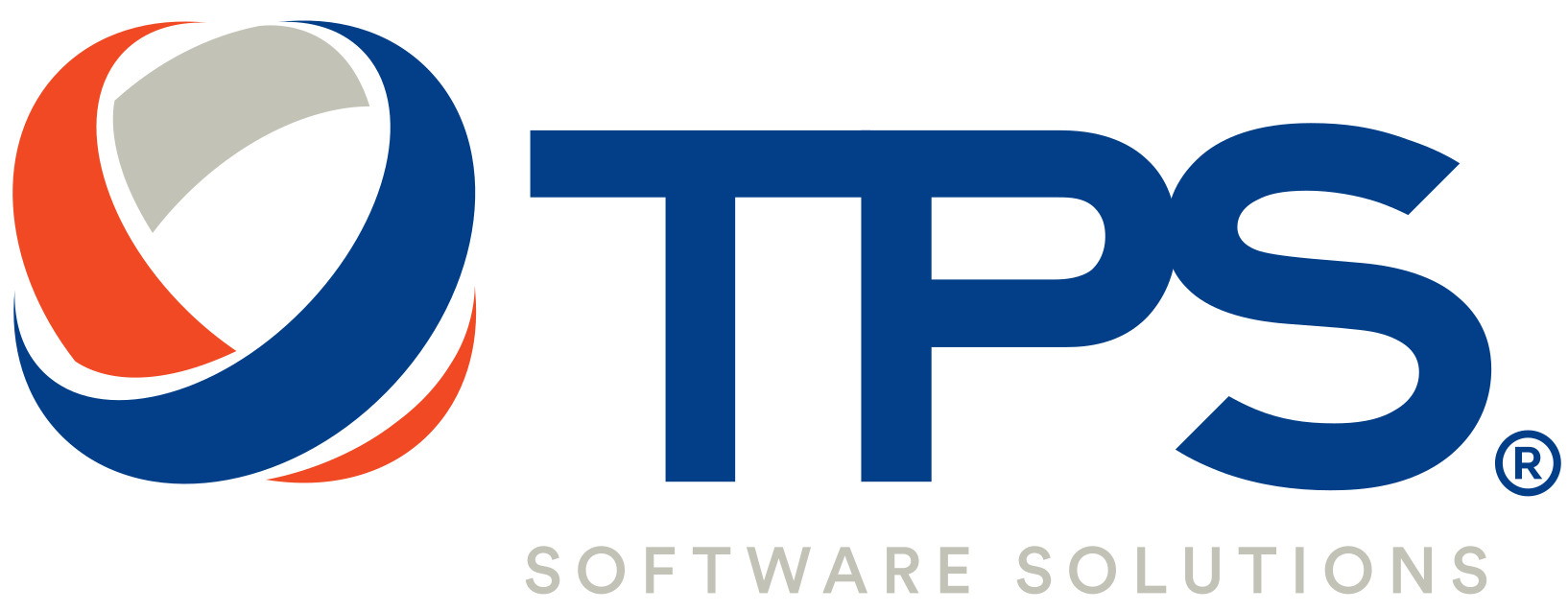The Importance of Software Development Team Structure
Building an effective software development team structure requires careful consideration of role and responsibilities factors. By clearly defining the roles and responsibilities of each team member, a software development team can function cohesively, delivering high-quality products within the specified timeline and budget. Effective collaboration and communication among team members are essential for achieving project success.
Software Development Team Structure: Roles & Responsibilities
Commonly, the structure will be divided as follows
Project Manager
The Project Manager assumes the critical role of strategic orchestrator. Tasked with strategic planning, this figure meticulously allocates resources, navigates risk management intricacies, and ensures a coherent alignment of project timelines with predefined objectives. Akin to a financial custodian, the Project Manager judiciously manages budgetary allocations, adapting to constraints without compromising quality. Facilitating a symbiotic relationship with stakeholders, this figure maintains an open communication conduit, providing regular updates and fostering a collaborative ethos.
Product Owner
The Product Owner emerges as the gatekeeper of client-centric objectives, meticulously delineating and prioritizing project requirements. This role entails making judicious decisions regarding the project’s scope and trajectory, directly impacting the development team’s roadmap. In the crucible of Agile methodologies, the Product Owner crafts user stories and acceptance criteria, facilitating collaborative client engagement and integrating iterative feedback seamlessly into the development process.
Scrum Master
The Scrum Master becomes the guardian of process efficiency. Facilitating Agile ceremonies such as sprint planning, this figure adeptly mitigates obstacles hindering the team’s forward momentum. Enabling a self-organizing ethos, the Scrum Master mediates conflicts, fostering a culture of perpetual learning, and orchestrating continuous process improvements.
Software Engineers
On the development front, engineers emerge as the architects of digital landscapes, navigating the intricate realm of code composition. Beyond coding, their role encompasses the realms of code reviews, meticulous documentation, and providing essential technical support for deployed applications. As stewards of code quality and standards, developers collaborate synergistically, ensuring the cohesiveness of the digital fabric they weave.
Quality Assurance (QA) Engineers
Quality Assurance (QA) Engineers manifest as sentinels of software quality. Executing intricate test plans, identifying and reporting bugs, and steering the development team toward robustness, these engineers ensure the end product aligns with stringent quality standards. Automation becomes their forte, and they craft and maintain automated testing processes, injecting efficiency into the software development life cycle.
UX/UI Designers
UX/UI Designers emerge as the architects of digital aesthetics. Collaborating seamlessly with developers and product owners, these designers craft interfaces with an unwavering focus on user-centric design principles. Their role extends to prototyping, establishing design guidelines, and championing accessibility standards, creating digital experiences that resonate with diverse user demographics.
Conclusion
In essence, the synchronized symphony of roles and responsibilities within a software development team isn’t merely about delivering a product; it’s an intricate dance that produces excellence within the dynamic constraints of time, resources, and ever-evolving technological landscapes.














